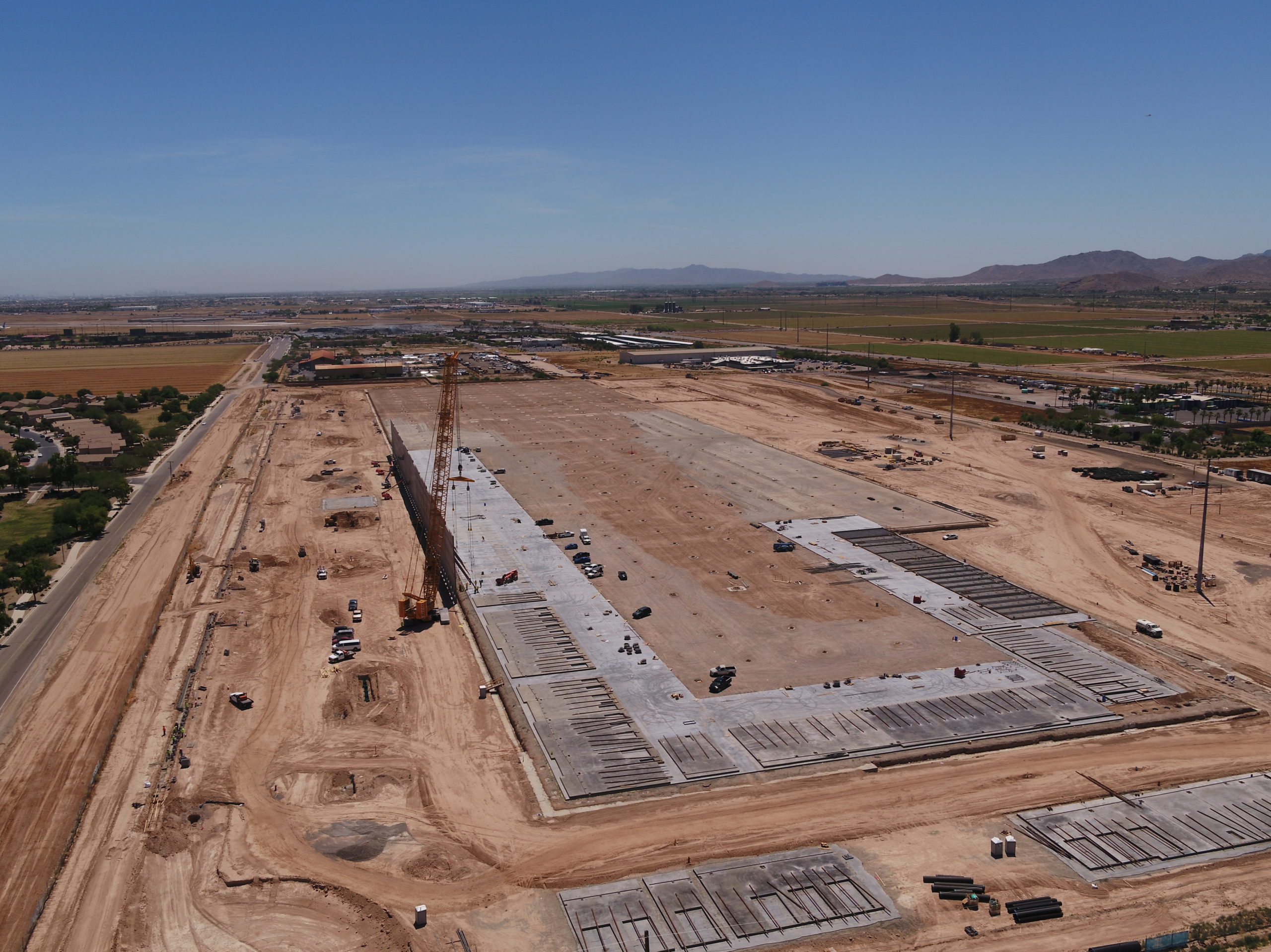Renaissance reduces construction RFIs with Kenesto PDFBilt…
Modern construction technology viewed from the outside, looks like very fancy renderings and stunning flythroughs of complex chrome and glass structures. The reality is a little different. It’s a long way from Rhino and Revit to the construction trailer and all that fancy 3D needs to get turned into 2D PDFs for construction. The PDFs are the bid and contract documents with the architect approvals and the engineer’s stamp and signature. At the preconstruction phase of a project, the PDFs start out as flat files, bereft of links and intelligence and it falls to the general contractor or construction manager to rehydrate the intelligence in these documents to make them useful for bidding, coordination, material take-offs, documenting changes and ultimately handover to the owner at the end of the project. Gettingthis right has economic consequences. A missing link can precipitate an RFI which can take a week to resolve. Too many of these and the project schedule takes a hit. Getting all the subcontractors up to speed on the current state of the project is a step towards minimizing costly rework.
How best to wrangle these PDFs, split the individual sheets apart, and rename them and link to the call-outs embedded in the sheets? A good-sized project can have 500 individual sheets and skilled humanswith the requisite know-how are a scarce resource in today’s heated economy. Many general contractors and subcontractors have installed Bluebeam licenses for splitting and linking PDFs. But there’s a new kid in town – Kenesto PDFBilt.

Renaissance Tilt-up Project
Dave Mettler, manager of construction technology recently trialed the beta version of Kenesto’s PDFBilt solution provided with StratusDrive from Kenesto OEM partner StratusVue. Mettler has been with Renaissance for five years and is an experienced VDC hand as he has spent much of his career using BIM solutions including Revit for prefab construction. Mettler is also a FAA-licensed drone pilot
Comparison with Bluebeam
Mettler tested the Kenesto solution side-by-side with Bluebeam Revu. On one project which has 186 sheets, Kenesto PDFBilt processed the file in 23 minutes. Mettler reports that the very same file took 2 ½ hours to process with Bluebeam in a four-step, semi-manual process. With Bluebeam the file first has to be processed with the OCR, next the individual sheets are extracted, then the sheets are labeled by parsing the title block and finally the links are inserted. Kenesto accomplishes the same task in a single operation without human intervention.
How does Kenesto PDFBilt work?
Kenesto uses multiple cloud-based OCR engines together with machine learning and artificial intelligence which also runs in the cloud, to extract the document intelligence and automate the linking.
According to CEO Mike Payne, processing times can be reduced further as even more tasks of splitting and analyzing individual sheets can be executed in parallel. Unlike Bluebeam which is an installed on-prem app, Kenesto PDFBilt runs in the cloud and uses the company’s document management solution for automatic version control as well as for viewing and collaboration purposes. Kenesto’s cloud-based
data management platform on which PDFBilt operates delivers automatic version control, and automatic slip
sheeting functions. PDFBilt also comes with a collaboration View and Share tool which allows stakeholders to view, annotate, add tasks, add images, take measurements, and colorize PDFs in a browser. At the end of the session the PDF is saved with all the markups and notes as a new version.
About Renaissance
Renaissance is Arizona’s gold standard in construction, specializing in general contracting, design-build, and tenant improvement services. Through creative problem-solving, precise process, and a collaborative partnership approach, Renaissance assists clients to create their perfect masterpiece. Renaissance combines seasoned wisdom with fresh perspectives to turn complex problems into simple solutions
